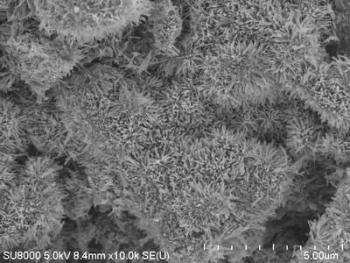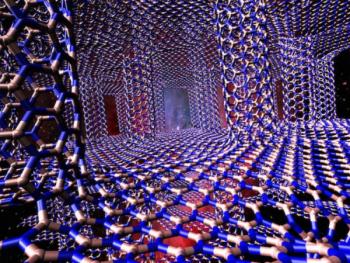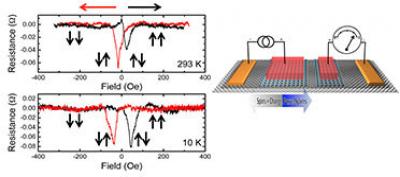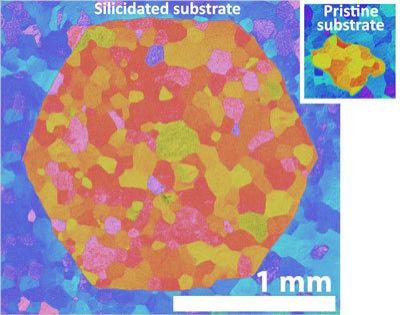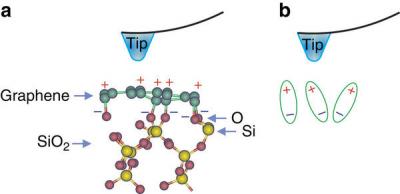Graphene-based imaging technique reveals unprecedented details of nanocrystal structures
multi-institutional team of researchers led by the U.S. Department of Energy's Lawrence Berkeley National Laboratory (Berkeley Lab) has devised an innovative imaging technique for capturing the 3D structures of nanocrystals, which find application in diverse fields like cancer treatment, pollution reduction, renewable energy collection and more.
The technique, called 3D Structure Identification of Nanoparticles by Graphene Liquid Cell EM (SINGLE), enables the analysis of the 3D structures of these particles for the first time. Metallic nanoparticles have dimensions in the nanometer range, which makes it impossible to visualize their structure. This limitation has prevented researchers from gaining insights into how they work.
